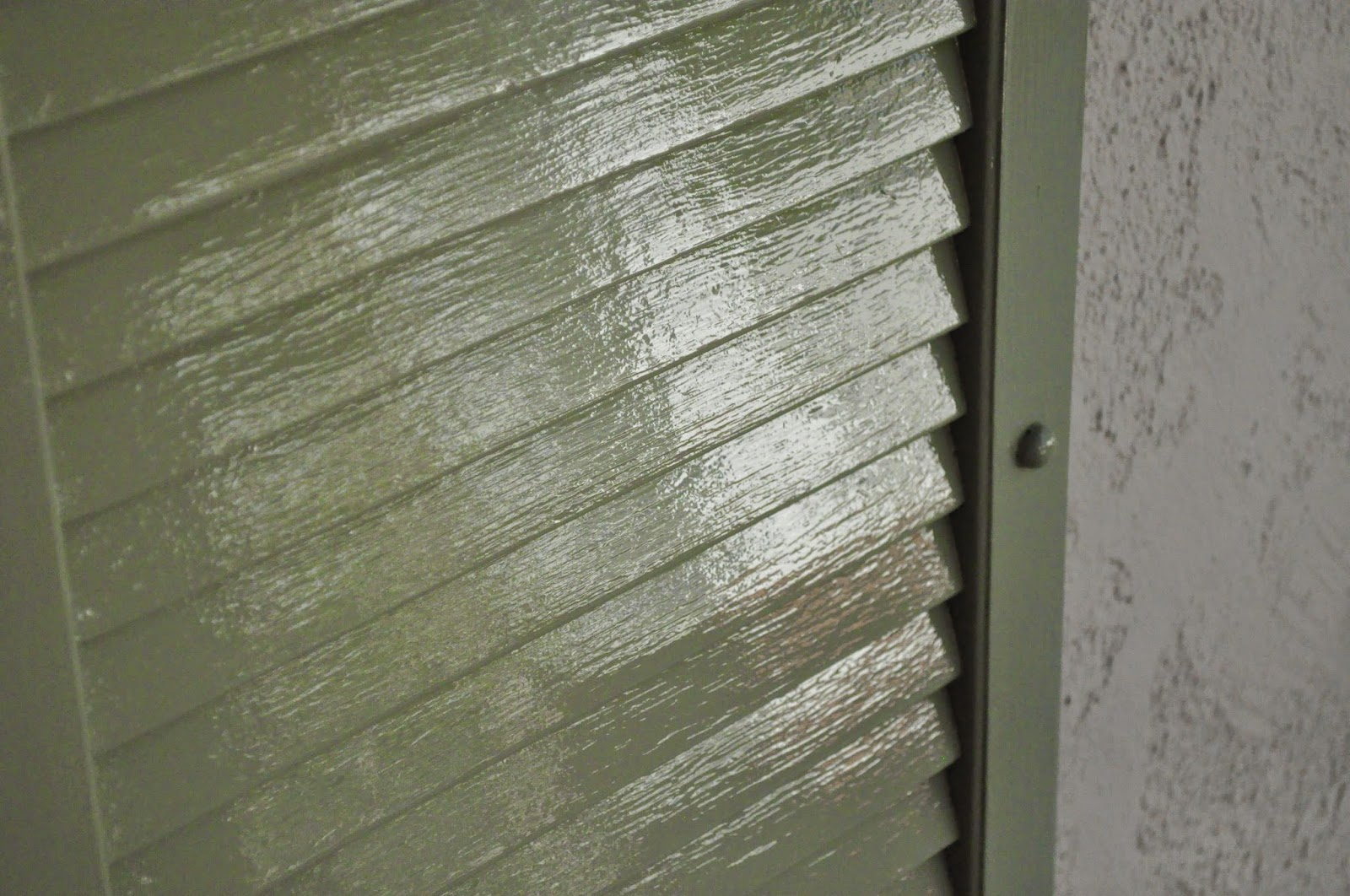Wisteria drapes over the pergola providing shade during the summer. The blooms start in the spring prior to the leaves and continue throughout the summer months. Perfect. Some folks do not like the "mess" blossoms from blooming trees and vines make. I'm not one of them. Purple confetti piles up each day as the petals fall. The original tag used as a bookmark for "wisteria" in my Western Garden Book reads:
Blue Wisteria. Wow. That's basic information.
Both vines receive very light pruning as the growth pours over the edges of the pergola. That pruning is supposed to be responsible for the continuous blossoms according to an old, local nurseryman. I don't feed it intentionally. However, its roots may have spread enough that it may feast on the fertilizer I provide to the neighboring roses.
Its fuzzy seed pods resemble a green version of something hanging from a Brahma bull. Well, not really. Perhaps the Grinch. The seeds in the pod look like squished Milk Duds. Those pods and seeds can be discarded or used for decoration when they dry. The seeds would make dandy BINGO markers. I do not encourage the seeds to germinate though. Control of these vines is essential to prevent an invasion.
Honey bees and bumble bees love this stuff. While taking this bee's portrait, I could hear bumble bees buzzing overhead. No sweat. Bees don't bother me cuz I don't bother them. Until today.
My freshly shampooed hair (I used WEN Winter Cranberry Mint today.) must have attracted a big, fat bumble bee because it latched on to my hair and wouldn't let go. Rather than risk a sting to the scalp, I leaned to keep the bee suspended away from my scalp until I could reach something to shoo it away. I reached for Ajax's slobber cloth hanging on the patio. Shoo. Shoo. Dang. Is that thing STILL hanging on? I looked at my reflection in the glass to discover it was not a bumble bee.
It was a Japanese beetle the size of Godzilla. These crazy things can't fly well at all; but their grip is strong. I began hitting myself over the head with the slobber cloth. Shoo. Shoo.
Imagine what the neighbors must have thought. Finally, the beast let go and fell to the patio floor only to fly at me again and again. I wasn't having any of it. I used that slobber cloth as if it was a Louisville Slugger. Pop. Pop. Pop. Slapping that towel as if I was in the basement of the Bakersfield High School gym. Soon, I wore the creep down with an exceptional
snap to send it on its way. As it flew away I could feel every inch of me turn into one Godzilla sized goose pimple.
Dang those things are creepy.



















































